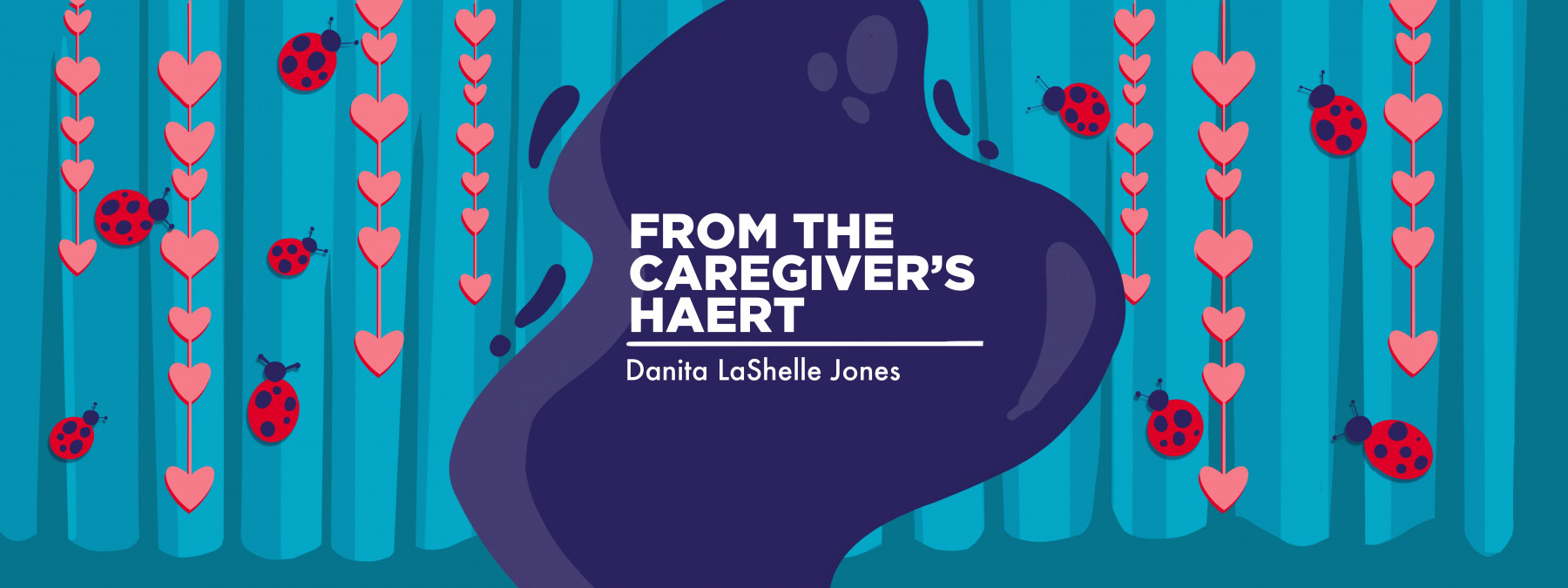While it’s not the same, I appreciate your health anecdote
People who aren't chronically ill just don't understand — and that's OK
Written by |

Usually, there’s screaming. Other times, there’s writhing and doubling over. But more often than not, there’s screaming.
Every May around Mother’s Day, it’s easy to find a video where men, and occasionally young teenage girls, try a labor-pain simulator.
Under normal circumstances, the simple contraption, a standard transcutaneous electrical nerve stimulation (TENS) machine, can relieve pain when the sticky pads are put on a person and turned to a lower setting. Depending on the participant, however, the higher the setting, the more uncomfortable or painful the experience.
That’s resulted in hilarious internet videos of men hooked up to the simulator on the highest settings in an effort to empathize with their wives, partners, or mothers. Most videos have men begging for the simulation to stop before reaching the highest setting.
But when they hook it up to women, especially those who’ve experienced childbirth, there’s only some mild flinching; it never turns into the show that men put on.
“Is this what women go through?” one man asked in a video.
“Not even close,” a woman replied.
While men who try the simulator can somewhat sympathize with what a woman goes through to deliver a baby, they still can’t say they’ve been through it. It’s just not the same thing.
Overcoming my frustration
When our oldest daughter, whom we lovingly call Ladybug, was diagnosed with hereditary angioedema (HAE), people would often say they understood what we were going through based on their not-so-similar experiences.
“That happened to me once,” someone would say when I’d mention Ladybug’s facial swelling. After learning about our numerous hospital stays, another would say, “Oh, I’m not a fan of the hospital, either.”
“Tell her I understand. I hate needles too,” some would say when I talked of administering human C1 esterase inhibitors, including Berinert and Haegarda, or other medications, such as Takhzyro (lanadelumab), at home. But I knew they had no idea what it actually felt like. By her own admission, Ladybug says that the swelling, pain, and even the early symptoms that let her know when a flare is coming feel different from the average allergies.
At my highest point of frustration, when we were still trying to find the right combination of treatments for Ladybug, I didn’t want to hear from anyone who didn’t have HAE. The comparisons with booster shots, allergic reactions, and sore throats used to irritate me. It just wasn’t the same thing.
But then I realized something.
Like the men in the labor simulator videos, it wasn’t about comparing the two, but finding common ground to understand the real experience better.
When people use their uncomfortable experiences to relate to chronic illnesses, they’re trying to connect. Although they may not ever know exactly what Ladybug or other patients are going through, the fact that they’re trying to relate is a way to show that they care.
Unfortunately (or maybe fortunately), there is no HAE simulator. But I’ve learned to accept those who do everything they can to try to relate. Together, we can do all we can to help HAE patients as they continue on their unique journeys.
Note: Angioedema News is strictly a news and information website about the disease. It does not provide medical advice, diagnosis, or treatment. This content is not intended to be a substitute for professional medical advice, diagnosis, or treatment. Always seek the advice of your physician or other qualified health provider with any questions you may have regarding a medical condition. Never disregard professional medical advice or delay in seeking it because of something you have read on this website. The opinions expressed in this column are not those of Angioedema News or its parent company, Bionews, and are intended to spark discussion about issues pertaining to angioedema.






Leave a comment
Fill in the required fields to post. Your email address will not be published.